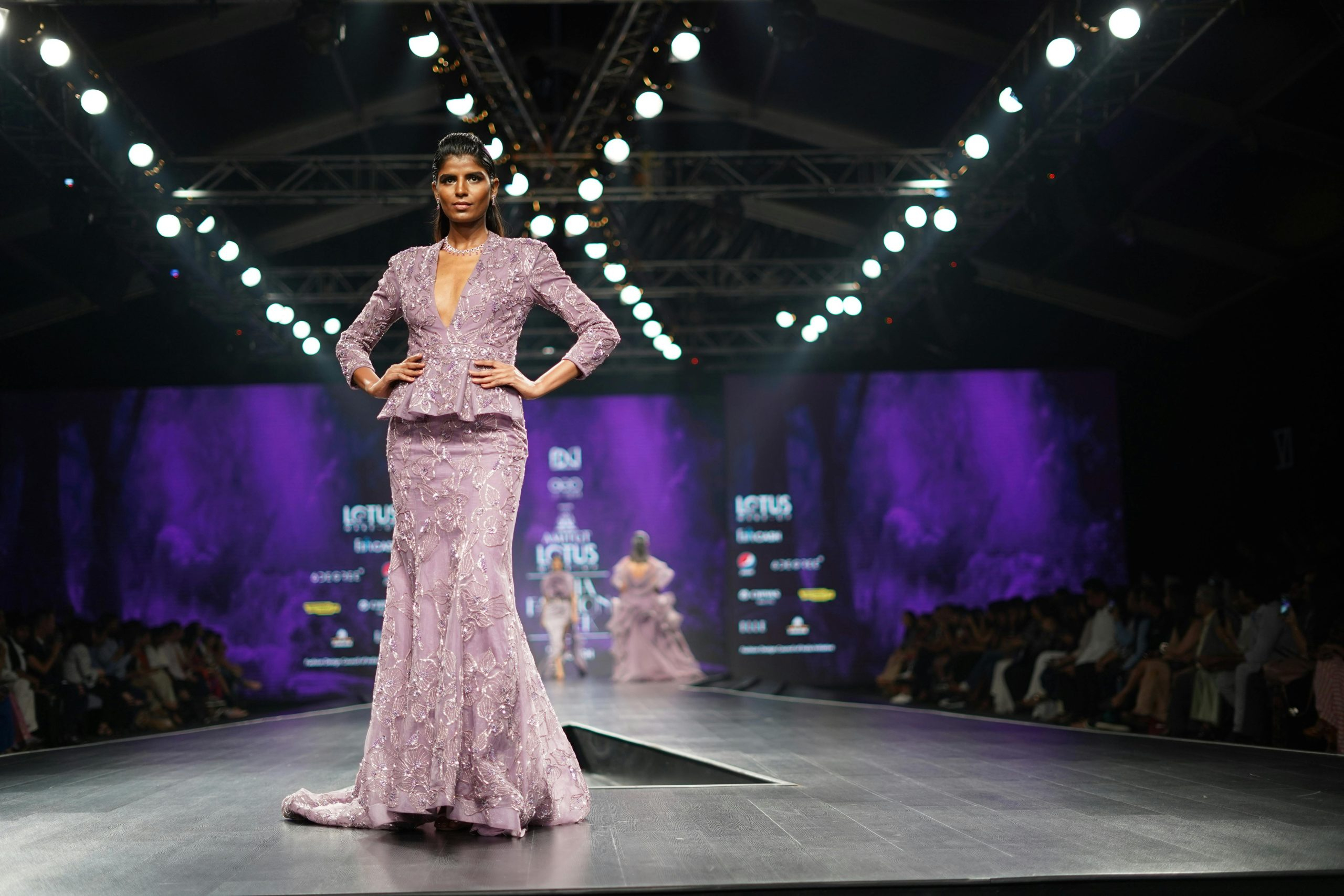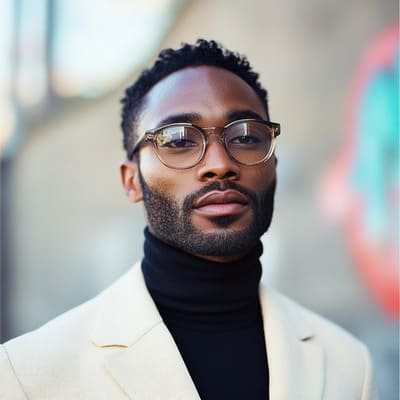How Fashion Weeks Adapt to Changing Audiences
Fashion, like any other industry, is constantly evolving. With the rise of social media and online influencers, the way audiences consume and engage with fashion has changed drastically. Fashion shows, once exclusive events for industry insiders, are now livestreamed to millions of people around the world. This shift in audience behavior has forced fashion weeks to adapt and evolve in order to stay relevant.
The Evolution of Fashion Weeks
Fashion weeks, also known as fashion shows, are events typically held twice a year in major fashion capitals like New York, Paris, London, and Milan. These events showcase the latest collections from top designers and are attended by buyers, media, and celebrities. Traditionally, fashion shows were closed-door events, only open to a select few in the fashion industry. However, with the rise of technology and social media, fashion weeks have become much more accessible to the general public.
Social Media: A Game Changer
The emergence of social media platforms like Instagram and Twitter has revolutionized the way we consume fashion. With the tap of a finger, users can now get a front-row seat at fashion shows, see behind-the-scenes footage, and access exclusive content from their favorite designers. This has opened up fashion weeks to a wider audience, shifting the focus from a select few to a global audience.
Designers have also leveraged social media to reach new audiences and engage with their followers. By creating buzz and anticipation for their upcoming shows, they are able to generate excitement and interest in their collections. Social media has also become a tool for designers to gather feedback from their audience, allowing them to make adjustments and cater to their target market’s preferences.
The Rise of Influencers
Influencers, also known as content creators, have become key players in the fashion industry. These individuals have built massive followings on social media and have a significant impact on their followers’ purchasing decisions. Fashion weeks have embraced the power of influencers, inviting them to attend shows, collaborate with designers, and promote the event on their social media channels.
By partnering with influencers, fashion weeks are able to reach a larger and more diverse audience. This not only helps to create buzz around the event but also provides a platform for designers to showcase their collections to a wider demographic.
How Fashion Weeks are Adapting
Live Streaming
One of the biggest changes in fashion weeks is the shift towards live streaming. In the past, fashion shows were only accessible to those who received an invitation. Now, thanks to live streaming, anyone with an internet connection can watch the shows in real-time from the comfort of their own home. This has allowed fashion weeks to reach a global audience, breaking down geographical barriers and increasing their reach.
Bringing the Show to the People
In addition to live streaming, fashion weeks have also started to take the show to the people. Designers have been hosting their shows in unconventional locations such as public parks, museums, and landmarks. By doing so, they are making fashion more accessible to the public and creating a buzz around the event.
Designers also host pop-up shops and events during fashion weeks, giving the public a chance to experience the brand and even purchase pieces from the collection. These events not only generate excitement and interest in the brand but also provide an opportunity for designers to connect with their audience on a personal level.
Diversity and Inclusivity
Fashion weeks are also adapting to changing audience demographics by embracing diversity and inclusivity. In the past, fashion shows were often criticized for their lack of diversity in terms of race, body type, and age. However, in recent years, fashion weeks have made a conscious effort to be more inclusive and diverse. This not only reflects the changing values and beliefs of society but also resonates with a wider audience.
In Conclusion
Fashion weeks have come a long way since their inception. They have evolved from exclusive events to global spectacles, accessible to anyone with an internet connection. By adapting to changing audience behaviors, fashion weeks have remained relevant and continue to be a key player in the fashion industry. As technology and audience preferences continue to evolve, it will be interesting to see how fashion weeks will continue to adapt and innovate in the future.










